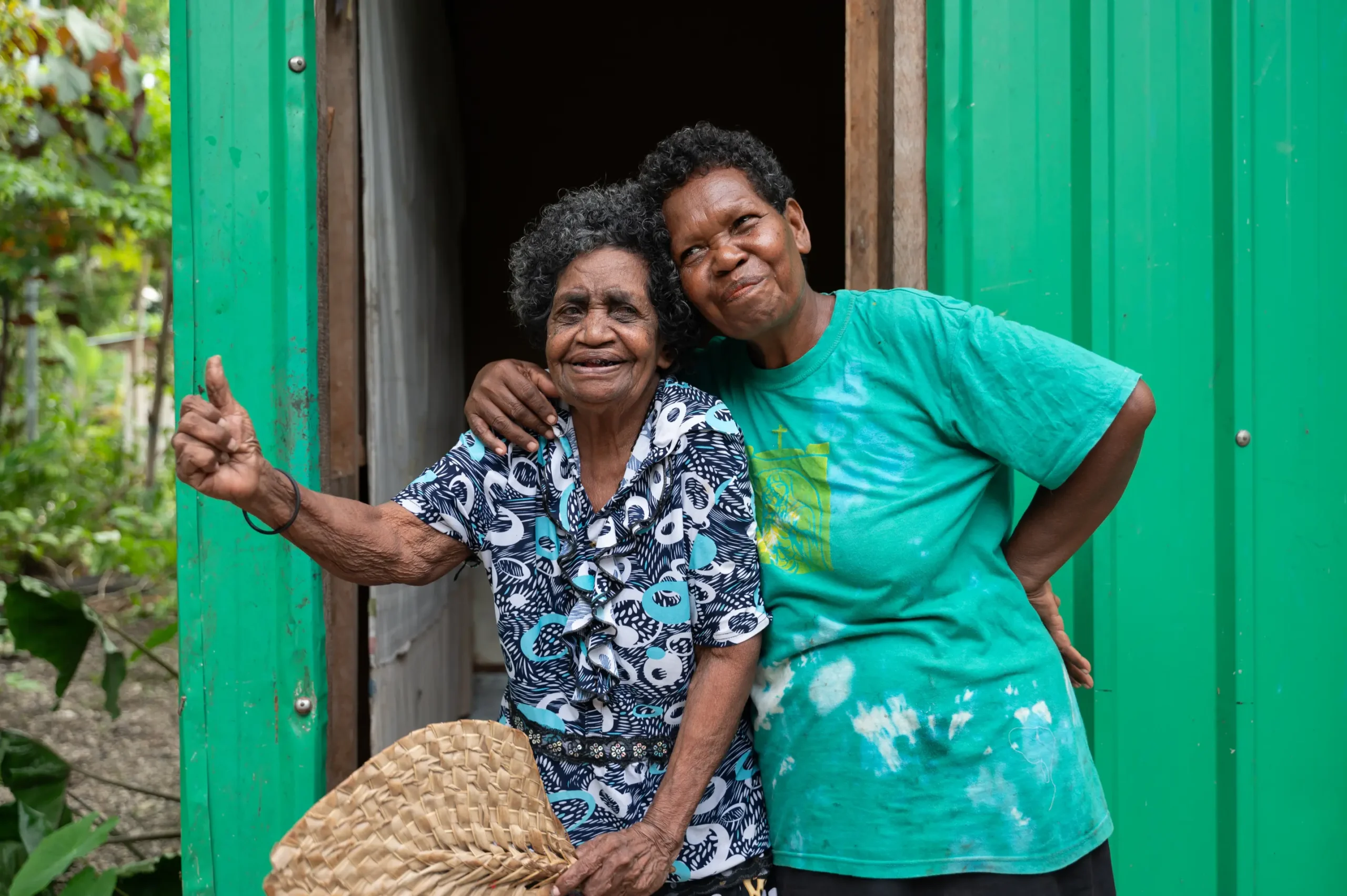
Closing the gap in access to eye healthcare.
At The Fred Hollows Foundation NZ, we recognise that incorporating gender equity, disability, and social inclusion (GEDSI) in our work is critical for achieving true equity in eye health. We’re committed to removing barriers that disproportionately affect women, girls, and marginalised communities, ensuring everyone has equal access to sight-restoring care.
Globally, over 1.1 billion people experience some form of vision loss simply because they lack access to basic eye care services. 55% of these are women and girls.
This inequity is amplified by existing social, cultural, and economic barriers, particularly in regions like the Pacific. Women face unique challenges, including limited decision-making power, restrictive mobility, heavy caregiving responsibilities, and societal stigma surrounding healthcare access.
This leadership imbalance makes it harder to properly represent and meet the healthcare needs of women and girls.

We are actively taking practical steps to enhance gender equity and inclusion in eye health through initiatives such as:
Furthermore, nearly two-thirds of our current scholarship recipients and eye health workforce are women, a significant achievement given the educational gender gap in the Pacific. After graduation, we offer clinical support and mentoring, ensuring female clinicians have the resources to succeed, even after returning to their home communities.

Understanding the specific challenges women face is essential to addressing inequality. In partnership with CARE International and with support from the Australian NGO Cooperation Program (ANCP), we conducted a gender analysis in Papua New Guinea (PNG) in 2021. This study revealed crucial insights, such as:
The impact goes beyond vision loss itself, as women and girls are also more likely to carry the burden of caregiving for visually impaired family members, further limiting their educational and economic opportunities.
The PNG study also highlighted disparities within the eye health workforce. Women patients often felt more comfortable with female nurses and doctors, yet there are fewer women in senior leadership positions. Female doctors reported challenges in being accepted into leadership spaces, and many faced barriers such as being unable to travel to workshops or outreach activities, further limiting their professional growth and visibility.
Our research informs targeted interventions designed to breakdown these barriers, ensuring women and girls can access vital eye health services and improving the gender balance in the eye healthcare workforce.
The Fred Hollows Foundation Australia, with support from the Ambassador for Regional Health Security and in collaboration with UN Women, produced the Women Deliver Eye Health – Gender Equity Report. This global consultation involved more than 170 participants, including women with vision impairments, grassroots organisations, disability rights NGOs, eye health professionals, and researchers from across the world.
The report amplifies the voices of women and girls most at risk of being left behind and calls for change through: